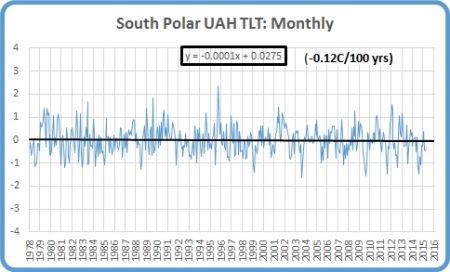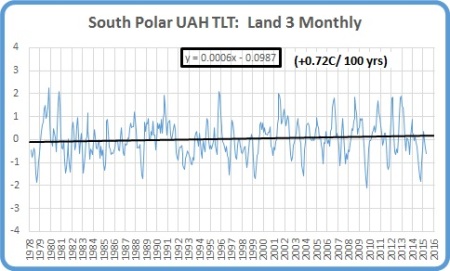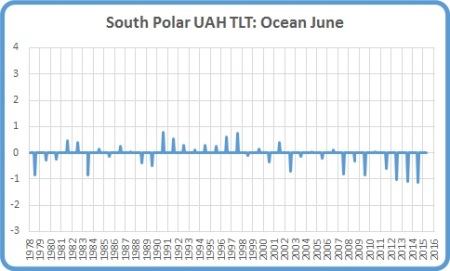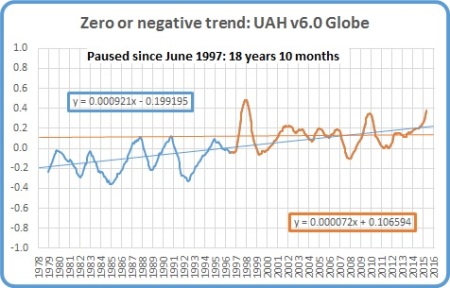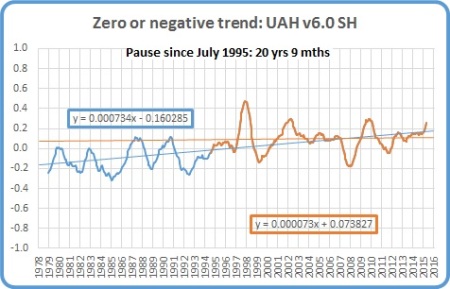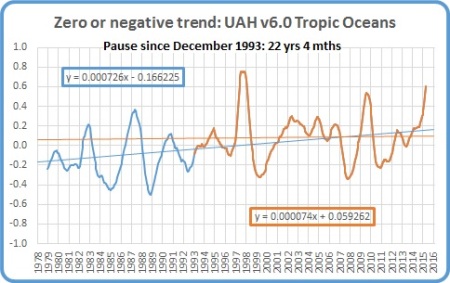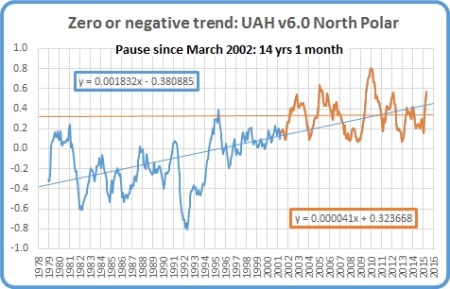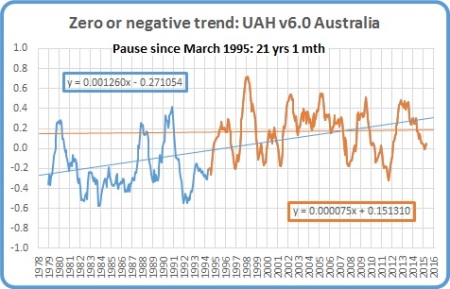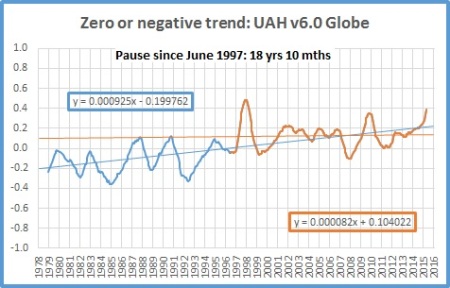“If you tell a lie big enough and keep repeating it, people will eventually come to believe it.”
This idea, usually attributed to Joseph Goebbels, is central to propaganda and misinformation in all societies, not merely Nazi or Stalinist states. It raises its ugly head in multiple ways in our otherwise enlightened society, not least in the propaganda spread by the Green movement. Big lies, smaller lies, misinformation, ignorant assumptions passed off as truth, and illogical arguments, all feature in the call for an end to ‘taxpayer subsidies’ for fossil fuels.
The Australian Greens and their acolytes have been very vocal about ending fossil fuel ‘subsidies’. A quick internet search reveals a green-sponsored organisation called Market Forces http://www.marketforces.org.au/ which has been promoting this meme.
Time for a Reality Check.
Ignorance:
From the Market Forces website:
“How your taxes subsidise fossil fuels
There are a number of national tax-based subsidies that encourage fossil fuel production and consumption, adding up to a huge total of around $12 billion each year.
By far the largest contributor to the tax-based subsidies total is the Fuel Tax Credit Scheme, which provides around $6 billion worth of credits and grants to cover the tax paid on fuel to reduce its overall costs to heavy users. It is estimated that some 20% of these fuel tax credits go directly to fossil fuel producers. We have included the full amount as it all goes to supporting the consumption of fossil fuels.”
From the ATO:
“Fuel tax credits provide businesses with a credit for the fuel tax (excise or customs duty) that’s included in the price of fuel used in:
machinery
plant
equipment
heavy vehicles
light vehicles travelling off public roads or on private roads.
The amount depends on when you acquire the fuel, what fuel you use and the activity you use it in….
Some fuels and activities are not eligible including fuel you use in light vehicles of 4.5 tonnes gross vehicle mass (GVM) or less, travelling on public roads.”
People who have never operated a business are unaware that these are tax credits for the expenses of operating businesses, in particular transport and off-road equipment. Transport costs directly contribute to the cost of living, particularly in more remote areas, so tax credits are in effect a subsidy for ordinary Australians. The fuel excise that we all pay was designed to raise money for road maintenance- including the roads that electric cars and bicycles use. Operators of equipment that doesn’t use roads- farm and mining equipment, fishing boats, industrial plant, the things that actually earn money for the economy– should not have to subsidise the taxes of everybody else.
Market forces also nominate as “Subsidies for fossil fuels” Accelerated Depreciation concessions and concessional excise on avgas and jet fuel. However aircraft don’t use roads either, and accelerated depreciation assists all business reinvestment- not just for petrol vehicles. If you buy an electric car for business use, you can claim accelerated depreciation on it as well.
The people behind Market Forces are merely displaying their ignorance about running a business and how the economy actually works for their benefit.
Misinformation:
“Public finance for fossil fuels
The Australian government continues to support the expansion of the fossil fuel industry by using public funds to finance fossil fuel companies and projects.
…..
EFIC is Australia’s ECA, which is a semi-governmental financial institutions that provides loans, insurance and guarantees to support the international operations of local companies, or to projects that hold some national value. ECAs often lend far more than commercial banks and offer long-term, low-interest debt that makes a project much more bankable.
While EFIC doesn’t lend to local coal projects, it loaned over $1 billion to the massive Ichthys LNG project of the coast of Northern Australia at the end of 2012.
On top of this, EFIC provided a total of more than $400 million in finance to national and international fossil fuel projects in 2013 and 2014.
……
Australia also holds shares and plays a significant role in two IFIs, otherwise known as multilateral development banks, the World Bank Group and the Asian Development Bank. Through Australia’s involvement in these institutions, we have contributed a total of almost $300 million worth of finance to the global fossil fuel industry over the past two years.”
This is misinformation. Loans have to be repaid at some point in the future so should be regarded as cost neutral over the long term. As well, these projects promote much infrastructure other than “huge, dirty coal power developments”.
The Greens appear to be against not just fossil fuels, but any development that might be good for the human race- roads, railways, ports, electricity, all mining, mechanised agriculture- which the people of underdeveloped nations desperately need.
Finally, Blatant Lies:
Market Forces also identifies “direct handouts”:
“Direct contributions and handouts to the fossil fuel industry
There are a number of federal and state bodies and initiatives that directly contribute to the expansion and continuation of the local fossil fuel industry….
Geoscience Australia is a government body that engages in fossil fuel exploration activities as one of its major operations. With a specific focuses (sic) on offshore reserve development, Geoscience Australia also provides exploration data and other support to fossil fuel companies.
This federal government institution devotes $29 billion dollars to exploration annually, and this figure is added to by extra funding from within the national budget.”
$29 billion dollars? You’d think somebody might have noticed!
From the Geoscience Australia website:
“Geoscience Australia is Australia’s pre-eminent public sector geoscience organisation. We are the nation’s trusted advisor on the geology and geography of Australia. We apply science and technology to describe and understand the Earth for the benefit of Australia.”
The 2014-15 Annual Report for Geoscience Australia shows expenditure of $198.8 million, offset by revenue of $59.2 million- a long way short of $29 billion! And that $198.8 million is spent on many other projects besides minerals exploration, of which fossil fuel exploration is one part.
This is a blatant lie, and a big one.
Continuing:
“… capital injections to state-owned electricity generators. In 2014, these injections totalled more than $600 million” in Queensland and Western Australia.
The authors fail to mention the millions in dividends that the Queensland government has stripped out of electricity providers over the past few years- does this mean Queensland taxpayers are being subsidised by fossil fuel? From ABC News (7 October 2015):
“The Energex annual report, released last week, shows dividends paid to the State Government rose from $406 million in 2014 to $1.3 billion in the 2014-2015 financial year.
Alliance of Electricity Consumers lobby group spokesman Jonathan Pavetto told 612 ABC Brisbane Ergon dividends rose from $400 million to $1.9 billion over the same period.”
It seems the government got its money back.
Market Forces goes on to claim:
“The worst offender, Queensland, has spent over $2.2 billion of public money over the past two years on rail and port infrastructure, much of which supports fossil fuels and coal exportation in particular.”
None of this money (apart from routine maintenance) has been spent on coal lines- none have been built in the past five years. The Greens and their sympathisers are very fond of public transport, especially electric trains. $4.4 billion is to be spent from 2013 to 2018 on suburban trains for the south east corner around Brisbane. More than $170 million was spent on the existing Citytrain network in 2014-15 alone, plus the new line to Redcliffe worth $1147 million, $300 million contributed by the Queensland government. Queensland Rail’s 2014-15 Annual Report lists considerable expenditure on regional lines- not the coal network- replacing bridges and improving track.
Rail and port expenditure can be regarded as an investment meant to raise more than is spent. Queensland’s mineral rail lines for years have subsidised passenger services, including the Citytrain network in Brisbane. QR made a profit of $223 million in 2014-15- very largely due to mineral freight traffic. A dividend of $179 million is payable to the Queensland government in 2016.
As Government owned corporations, all ports “operate according to commercial principles, raise their own revenue and make dividend and tax equivalent payments to the Queensland Government.” The same applies to Queensland Rail. Investment in coal terminals is a commercial investment decision, not a subsidy or a handout. Taxpayers can expect to get their money back.
Far from taxpayers subsidising fossil fuels, coal and gas extraction subsidises taxpayers through mining royalties, rail freight and port charges, and taxes.
Conclusion:
The Market Forces website is full of the misinformation, ignorance, and outright lies that Global Warming Enthusiasts delight in using.
But what else can you expect from an organisation that is an affiliate of Friends of the Earth, and many of whose team have backgrounds with Greenpeace and the Greens.
